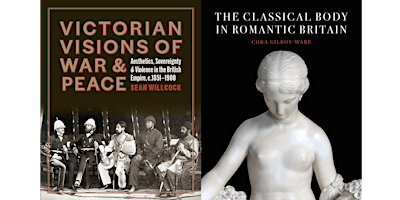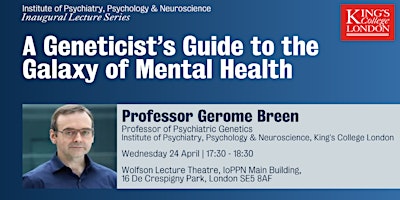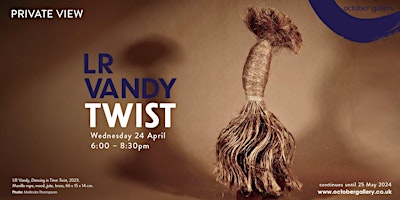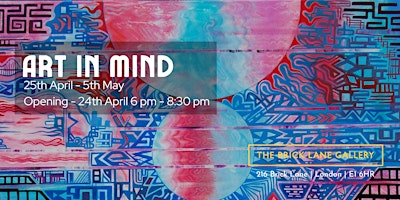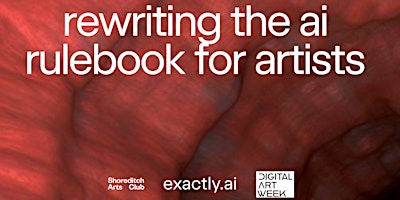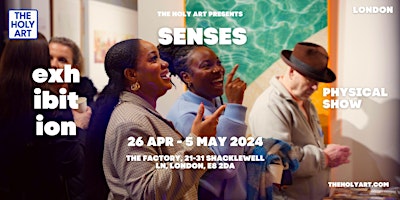You must login before you can post a comment.
Wednesday 16 March 18:30 - 20:00
The Paul Mellon Centre
16 Bedford Square
London
WC1B 3JA
Registration
War & Peace: Rethinking Aesthetics in the Age of Empire
Performing & Visual Arts
Join us for a series of talks in Spring 2022 by authors of books recently published by the Paul Mellon Centre. Each author will give a glimpse into their project, sharing insights about the process of researching, writing, and publishing their book. There will be two talks of around 20 minutes each, followed by a discussion and Q&A session.
In the fourth of these events, Cora Gilroy-Ware will speak about her research rethinking the sculpted body The Classical Body in Romantic Britain and Sean Willcock will discuss Victorian Visions of War & Peace: Aesthetics, Sovereignty, and Violence in the British Empire. Together, the authors will consider how their research has questioned assumptions about aesthetics and style in the eighteenth and nineteenth centuries, researching overlooked artists, and discuss the intersections of the body, gender, race, and empire through their work on sculpture and photography. They will also talk about the process of turning a PhD thesis into a book manuscript. The conversation will be chaired by PMC Head of Research and Learning, Sria Chatterjee.
This is event will take place at the Paul Mellon Centre for Studies in British Art at 16 Bedford Square. Tickets are available to guests who wish to join us onsite for the live event. This event will also be live-streamed. Those with a digital ticket will receive instructions on how to join the event online at least one week prior to the event.
The Classical Body in Romantic Britain
For many, the term ‘neoclassicism’ has come to imply discipline, order, restraint, and a certain myopia. Leaving the term behind, this book radically challenges enduring assumptions about the art produced from the late eighteenth century to the early Victorian period, casting new light on appropriations of the classical body by British artists. It is the first to foreground the intersections of gender, race, and class in discussions of British visual classicism, laying bare artists’ alternately politicising and emphatically sensual engagements with Greco-Roman art. Rather than rely exclusively on subsequent scholarship, the book takes up the poet John Keats (1795–1821) as a theoretical framework. Eschewing the ‘Golden Age’ narrative, which sees J. M. W. Turner (1775–1851) as the pinnacle of the period’s artistic achievement, the book examines overlooked artists, such as Henry Howard (1769–1847) and John Graham Lough (1798–1876). The result is a fresh account of underappreciated works of British painting and sculpture.
Victorian Visions of War & Peace: Aesthetics, Sovereignty, and Violence in the British Empire
The Victorian era witnessed the birth of photography and the rise of the illustrated press, creating a culture in which world events were increasingly defined by the production and consumption of images.
Examining moments of military and diplomatic crisis in the British Empire, this book considers how new forms of mass visual media intersected with the practices and discourses of the fine arts in ways that profoundly shaped the Victorian experience of global war and peace. The British Empire was frequently rendered into a spectacle of ‘peace’, from world’s fairs to diplomatic ceremonies. Yet the visual rituals of imperial peace unfurled against a backdrop of incessant colonial war – military campaigns that, far from being ignored, were in fact unprecedentedly visible within the popular cultural forms of Victorian society.
Encompassing early photographic processes, newspaper engraving, ‘on the spot’ sketching, oil painting, and cultures of exhibition and display, this book explores the role of visual technologies in guiding both the perception and the management of imperial rule in the nineteenth century.
Cora Gilroy-Ware
Cora Gilroy-Ware’s research explores continuities between historic and contemporary, ancient and modern. Her doctoral project on the surprisingly under-researched classical nude in late-eighteenth and early-nineteenth century British art led to her first book, The Classical Body in Romantic Britain, and a broader interest in neglected chapters in the history of visual classicism. As a scholar of BIPOC heritage, she seeks to reconcile decolonial approaches with traditional art historical areas of concern. With support from the Henry Moore Foundation, she is currently at work on a second book project on adaptations of Greco-Roman art, particularly marble sculpture, among artists of African and indigenous American descent including Mary Edmonia Lewis, Augusta Savage, Selma Burke, Carrie Mae Weems and Kara Walker. She has curated exhibitions at Tate Britain and the Huntington, and written for the London Review of Books, Apollo, The White Review and other journals.
Sean Willcock
Sean is Departmental Lecturer in the History of Art in the Department for Continuing Education at the University of Oxford. He was previously a Leverhulme Early Career Fellow at Birkbeck, University of London, and has held teaching positions at the Savannah College of Art and Design, Hong Kong, and on the Yale in London programme. He is Reviews Editor at the journal History of Photography. His first book, Victorian Visions of War & Peace: Aesthetics, Sovereignty and Violence in the British Empire, was published with the Paul Mellon Centre for Studies in British Art and Yale University Press in 2021.
